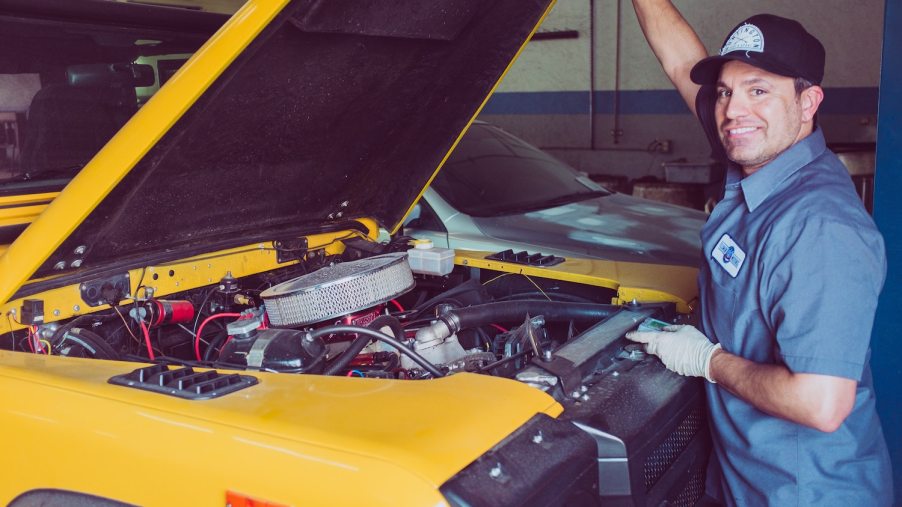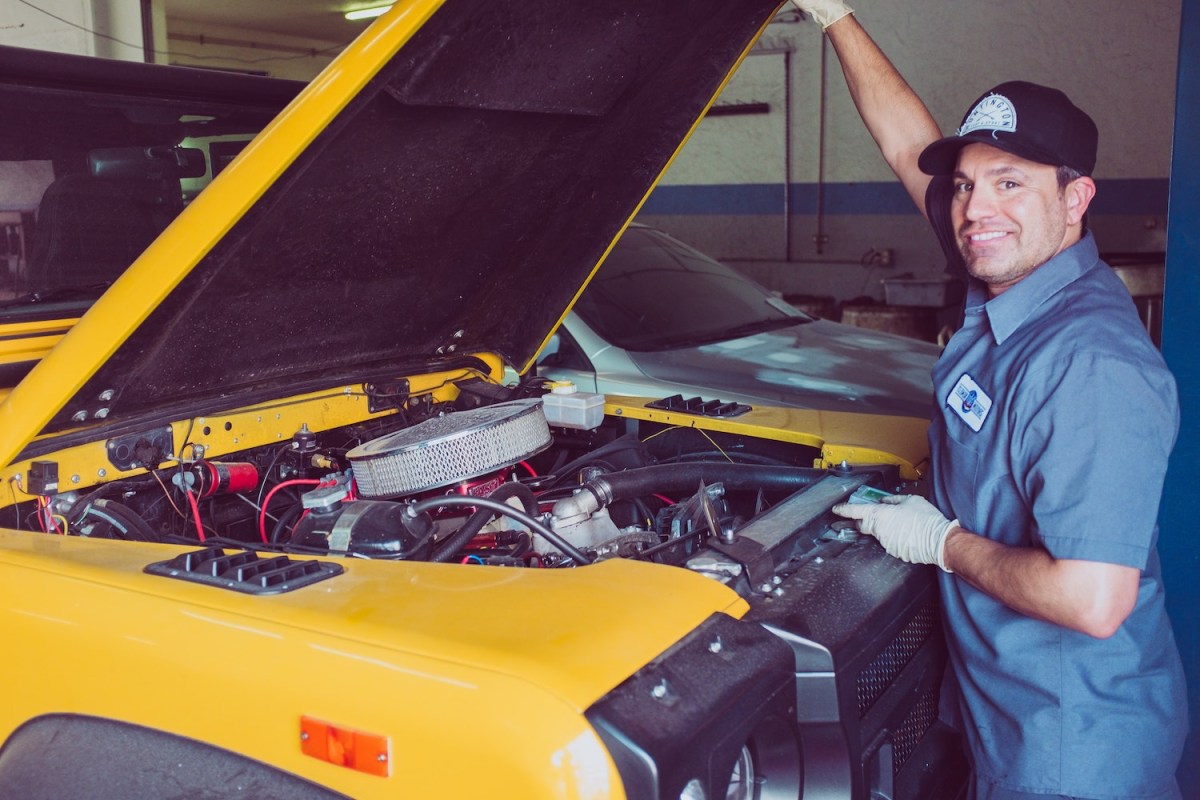
This Important Car Maintenance Schedule Shouldn’t Be Ignored
Whether you purchase a new or a used car, there is always a recommended schedule of maintenance that manufacturers recommend you follow to keep your car performing at its very best for as long as possible. Many drivers on the road know that their car needs regular oil changes at consistent intervals, and many know that tire rotations will keep tires from wearing unevenly, but what exactly is the correct interval for this maintenance, and where can car owners find the maintenance schedule that is perfect for their particular car?
Here is everything you need to know about your car’s maintenance schedule to ensure you never miss another maintenance milestone.
Regular tune-ups will help keep your car on the road
While every car has different maintenance intervals for different vehicle components, almost every car has similar regular maintenance tune-up intervals. According to CarGurus, the most important frequent maintenance items involve oil changes and tire rotations.
In the past, oil changes were recommended every 3,000 miles for daily driven cars. But with more modern engines that use full-synthetic oil, these changes are typically performed every 5,000 to 10,000 miles.
Tire rotations must be completed at every other oil change interval to ensure that tire wear remains even. Tire rotations are simple and just involve moving the tires to a different wheel from where they are currently mounted, following a pattern that can be found in your car’s owner’s manual.
Preventative maintenance tasks to do every few years
While oil changes are completed fairly often, your car should also have some more preventative maintenance performed every 15,000 to 30,000 miles or every couple of years. These maintenance items include replacing the air filter on your car to ensure your car’s intake is always breathing clean, healthy air into the engine, as well as changing your fuel filter to ensure that your car is always getting clean fuel from the gas tank, free from any impurities or any foreign material that has found its way into your fuel tank.
Every five years – change your car battery, and flush those fluids
With proper maintenance, your car should not experience any major issues before it is five years old, but at that five-year mark, or around 50,000 to 60,000 miles, you can expect to spend a little bit of time and money on some more preventative maintenance to keep your car running happy and healthy.
These maintenance items include changing your battery, flushing your brake fluid, flushing your car’s cooling system, flushing transmission fluid, and inspecting your brake pads and rotors.
While your car’s battery, brake pads, and rotors may last more than five years, the five-year mark is a good time to get these systems checked out before you are left stranded. Your cooling system, brake fluid, and transmission fluid can last longer than the five-year mark, but servicing these systems and replacing those old fluids with new fluids will ensure your car is running well in any driving condition.
The mid-life tune-up could include replacing rubber hoses

It can be assumed that most cars today have a life of around 200,000 miles. At the 100,000 mile mark, you can expect to invest some cash in your vehicle through a few major car maintenance items, including, spark plugs and wires, a timing belt change, and hose replacements.
While these items can last longer than 100,000 miles, it is good practice to replace these items around this time. Spark plugs can easily last the life of an engine these days, but carbon buildup can lead to a rough running engine over time. Some cars have timing chains, and others have timing belts.
While timing chains do not need replacement, belts will eventually stretch and need replacement. Depending on your climate, your rubber hoses throughout your car may not need replacement, but just like tires, weather wreaks havoc on rubber hoses, and these may need replacement.
Every car is unique
This list is simply a rough guide to your car’s maintenance schedule, for a more complete and concise schedule for your vehicle, take a look in your car’s owner’s manual, or use a specialized car maintenance guide like the one found at Edmunds to make sure your car is being given all of the attention it needs!



